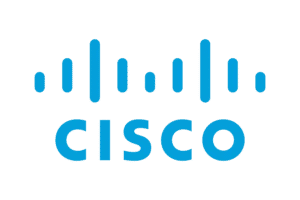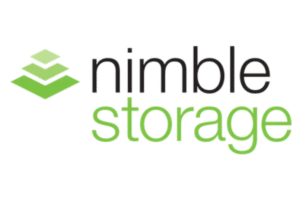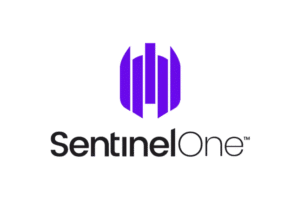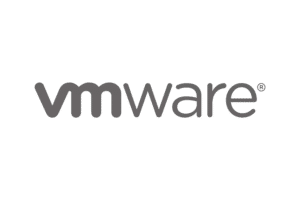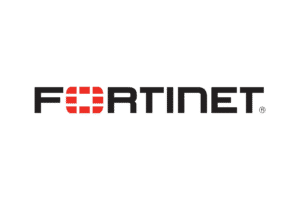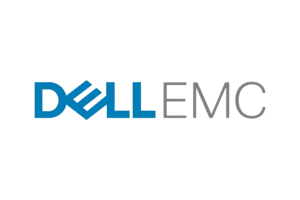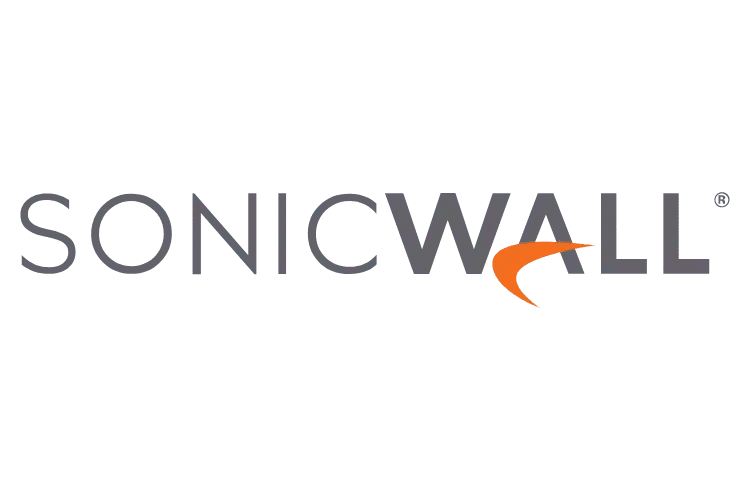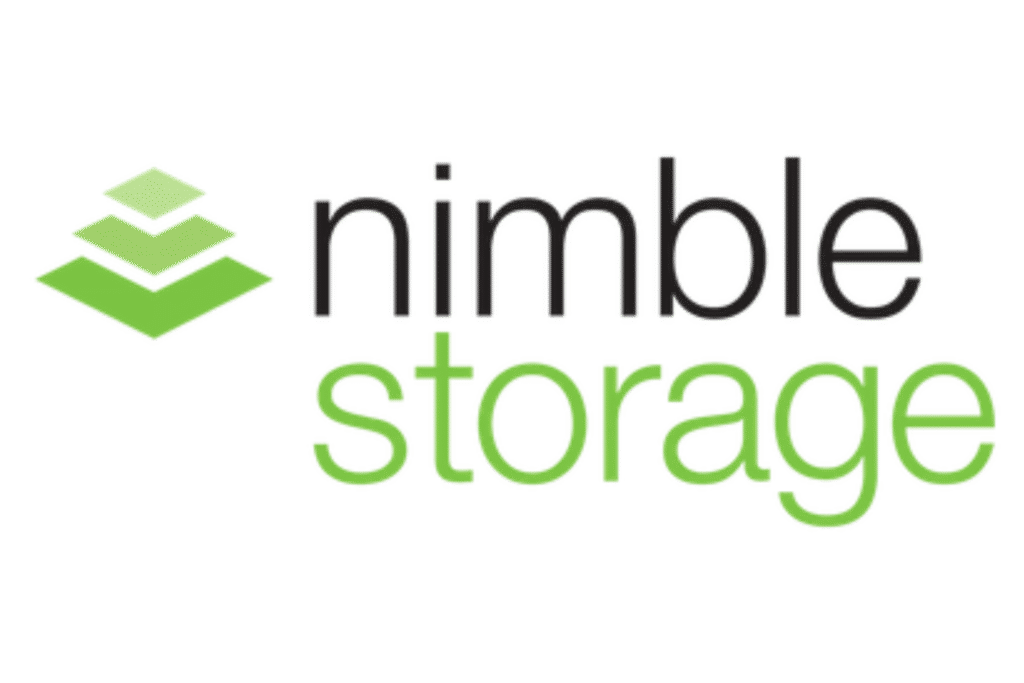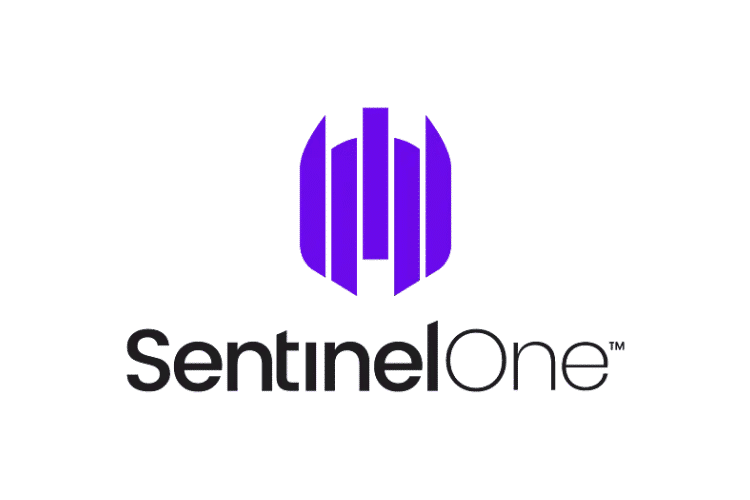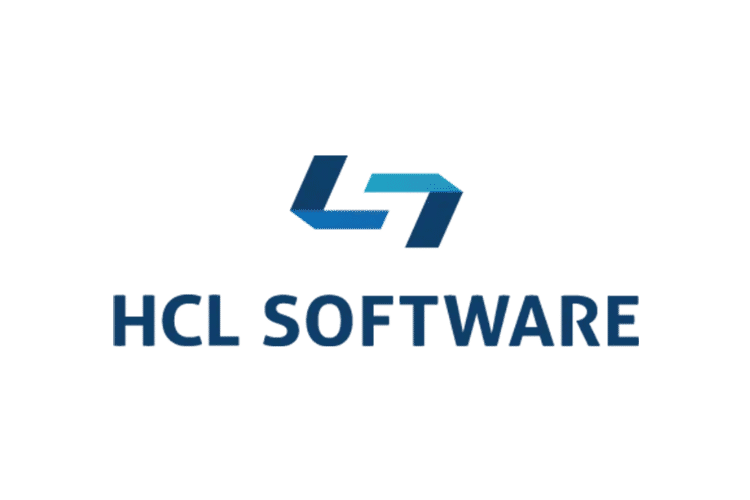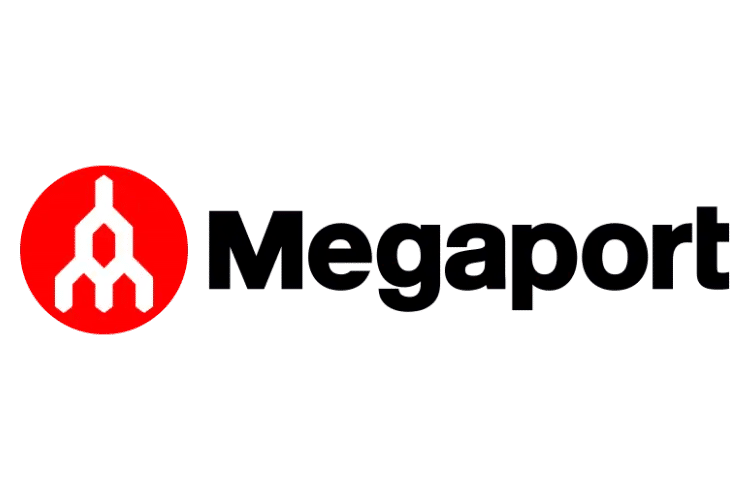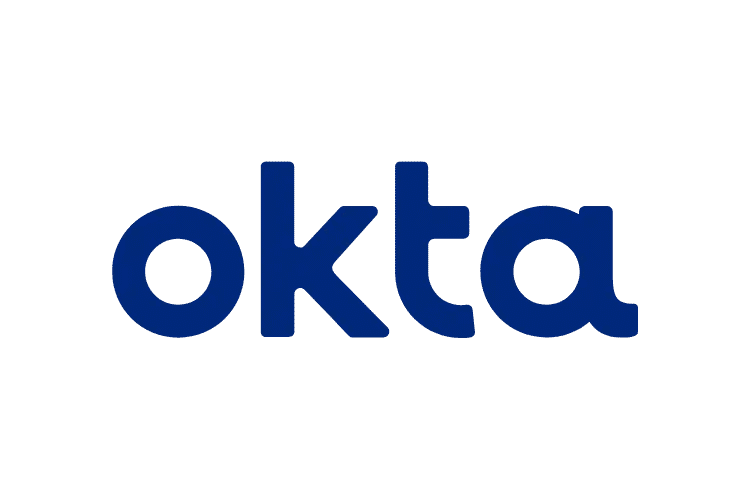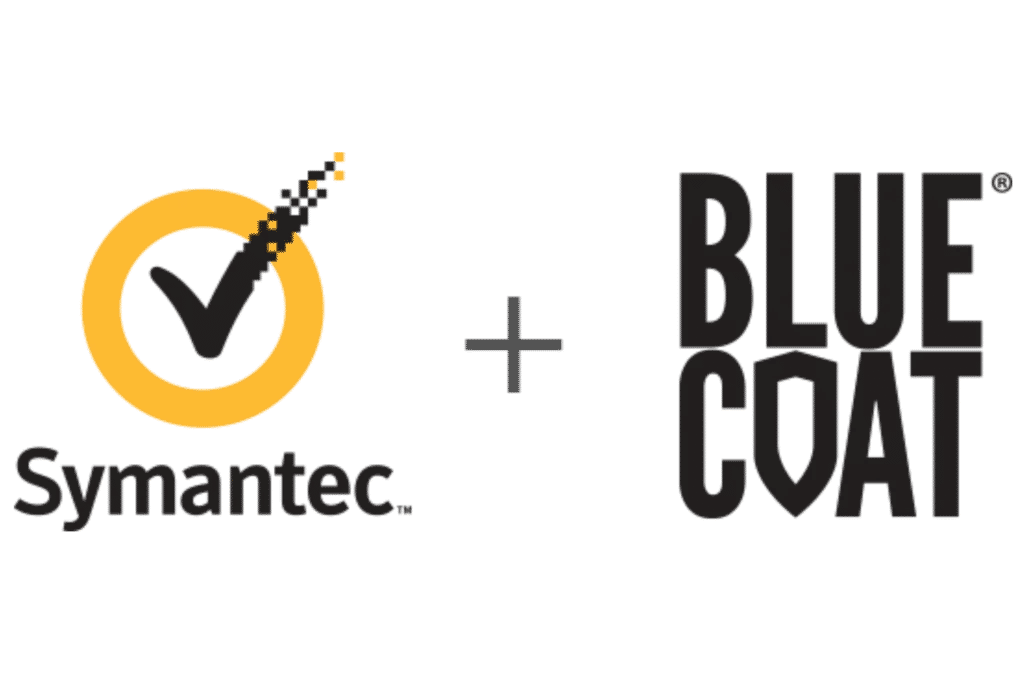Want Experts To Take Care Of All Your IT Needs?
Do you face a new IT problem every few days?
Are you facing system downtimes, network issues, or software failure?
Let’s talk. We are a leading Managed IT services provider in the USA. Whether you are just starting out or a well-established organization, we are here to help you with your IT.
As your business grows, your systems grow too. And so do your problems. If you have an IT team, most days their task lists are solving IT problems, setting up new systems, and helping employees with their systems. The IT personnel do not have time to think up new ideas and innovate your business.
With a Managed IT partner, you and your employees can focus on your business. We take care of all your IT needs from VoIP setup, installations, updates, 24/7 desk support, and security.
WPG offers IT service management to businesses of all sizes and all industries. Let’s talk about your needs. We will analyze your requirements and provide suitable solutions.
Managed IT Services We Offer
If you are looking for Managed IT service provider in the USA, WPG is one of the best IT companies to consider. We provide a range of IT services for all industries and businesses. Here are some of our top IT management services-
24/7 Monitoring
We monitor your systems round-the-clock. With our remote monitoring, you can be sure to have flexibility, and consistency in your systems. Our team will make sure any issues that occur are resolved immediately.
IT Desk Support
Our team is here to help you identify hidden issues and safeguard your systems against them. Get desk support services from WPG experts. We will help you work efficiently and productively.
IT Infrastructure
We have a team of IT engineers who will analyze your current infrastructure and modify it to meet your business needs. We ensure the infrastructure is stable enough to support even the most complex demands.
Cyber Security
Take preventive measures to ensure the security of your data. We can help you test and update your cyber security protocols. Ensure your organization is protected against cyber-attacks with our cyber security services.
Cloud Infrastructure
Ensure high scalability, increased accessibility, and business agility with a cloud infrastructure. WPG is a reliable cloud provider to take your business to the next level with the best-in-class technologies.
Why Choose WPG as Your Managed IT Service Provider?
- Peace of mind with 24/7 monitoring
- Transparent flat-rate billing
- Experienced team of engineers working with you
- Customer driven approach
- Streamlining processes that result in Increased efficiency










